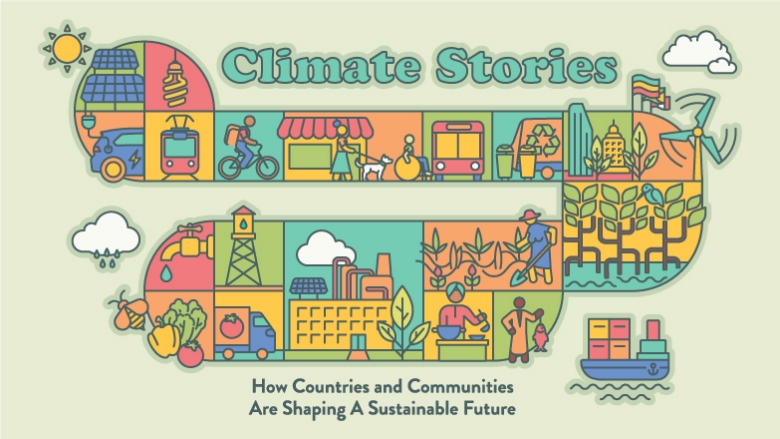Low-lying coastal communities on the Bay of Bengal were hit hard in May by Cyclone Yaas, a few weeks after another storm. These were devastating reminders that climate change has contributed to the intensification of India’s cyclones in recent years. According to India’s media reports, however, India’s coast seemed to fare better than in previous cyclones due to planning, protection and disaster management.
For more than a decade, India has turned to nature-based solutions to help protect against disaster and climate challenges while increasing its biodiversity. This approach has not only increased the productivity of marine ecosystems, but also created livelihood opportunities for coastal communities, improving the well-being of around 11.9 million people over a 10-year period.
To build resilience against natural disasters, coastal communities in West Bengal, Gujarat and Odisha states have taken the lead in significantly increasing coastal mangrove cover to protect India’s coast. During the most recent cyclones, the tidal wave forces were reduced due to the mangroves that have been planted.
Ten years ago, the country’s mangroves were seriously degraded, according to the Society of Integrated Coastal Zone Management (SICOM). With the help of the flagship World Bank-funded $285-million Integrated Coastal Zone Management (ICZM) Project, about 200 square kilometers of mangroves have been planted along the coast. India’s mangroves are currently able to sequester about 1.5 metric tons of carbon per hectare per year, according to SICOM.
“On our visits to West Bengal, Gujarat, and Odisha, we spoke with many of the fishers and families who live near the mangroves,” said Tapas Paul, lead environmental specialist at The World Bank. “They understand better than anyone the significance of these coastal forests.” Planting and fostering mangroves became a central, community-led initiative throughout the project. The fishers, who are concerned about the devastation of cyclone seasons on their livelihoods and villages, say they have benefited from the mangroves as protection from natural disasters. The mangroves also provide nurseries for fish, such as prawns, shrimp, and a variety of crabs, and catfish and barramundi in some areas.


